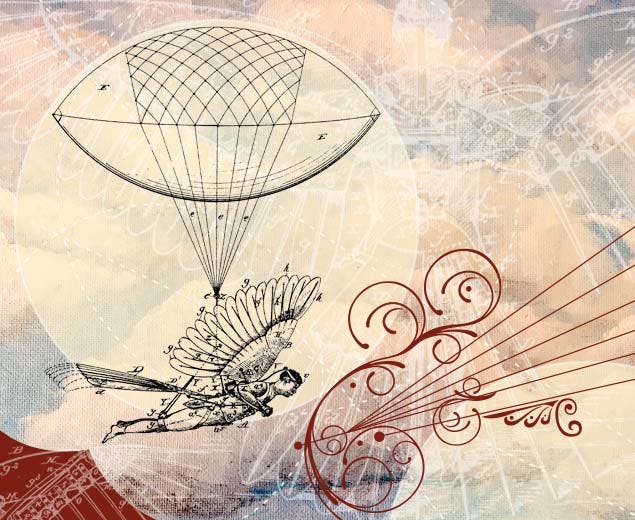The Return of Langley’s Aerodrome
The Doomed Flight of Aerodrome A
In 1914, while the Wrights’ patent lawsuits were working their way through the courts, Smithsonian Secretary Charles Walcott came up with a plan to rebuild Samuel Langley’s Great Aerodrome. Langley had claimed that it was the launch mechanism that failed rather than the airplane itself. Walcott wanted to test that theory. If correct, it would establish Langley’s precedence over the Wrights and possibly help break their wing warping patent.

